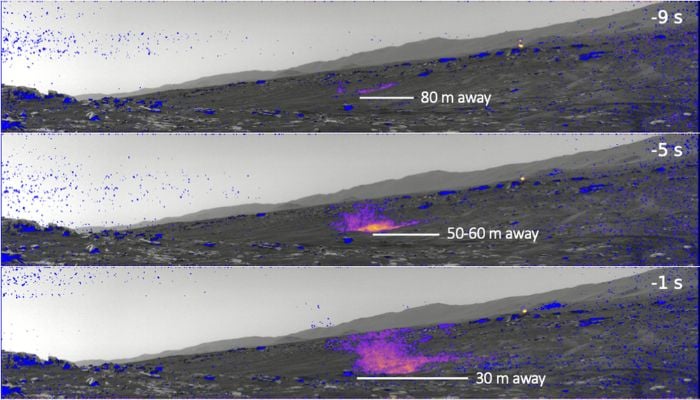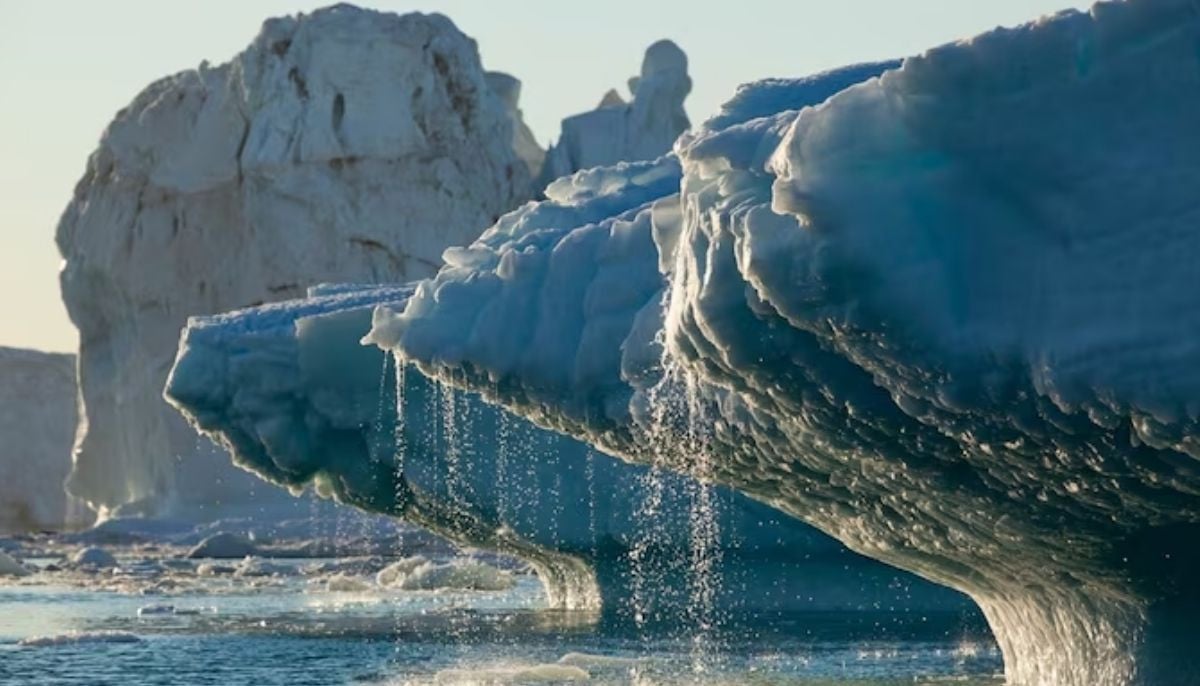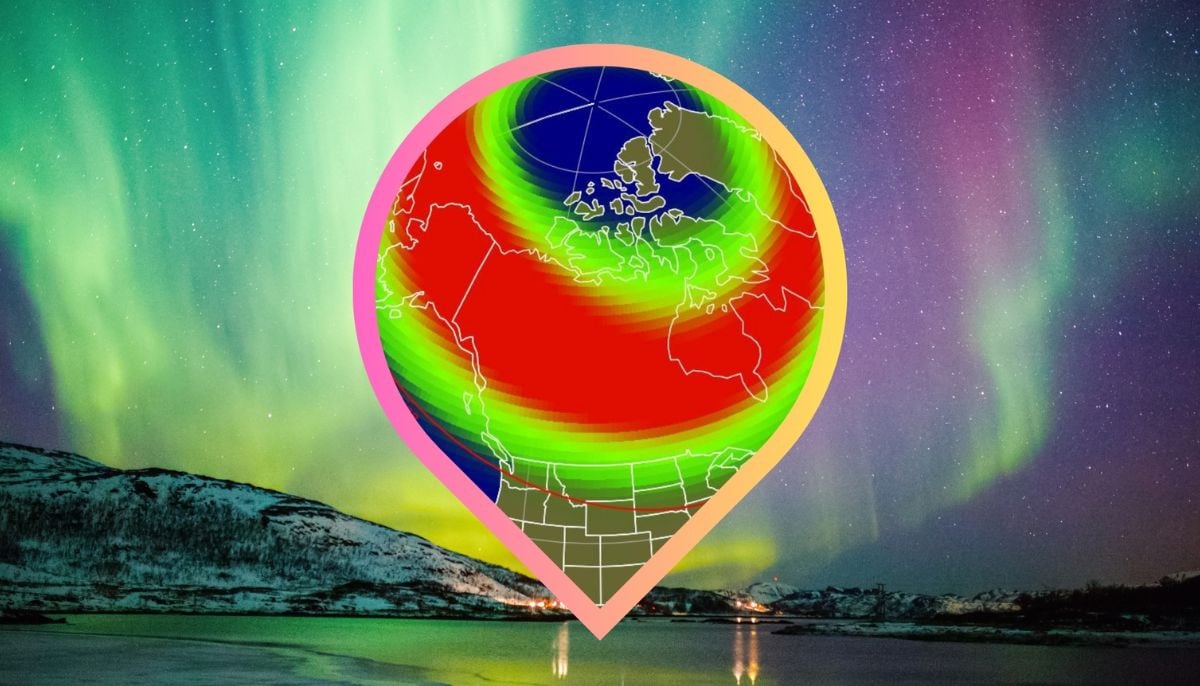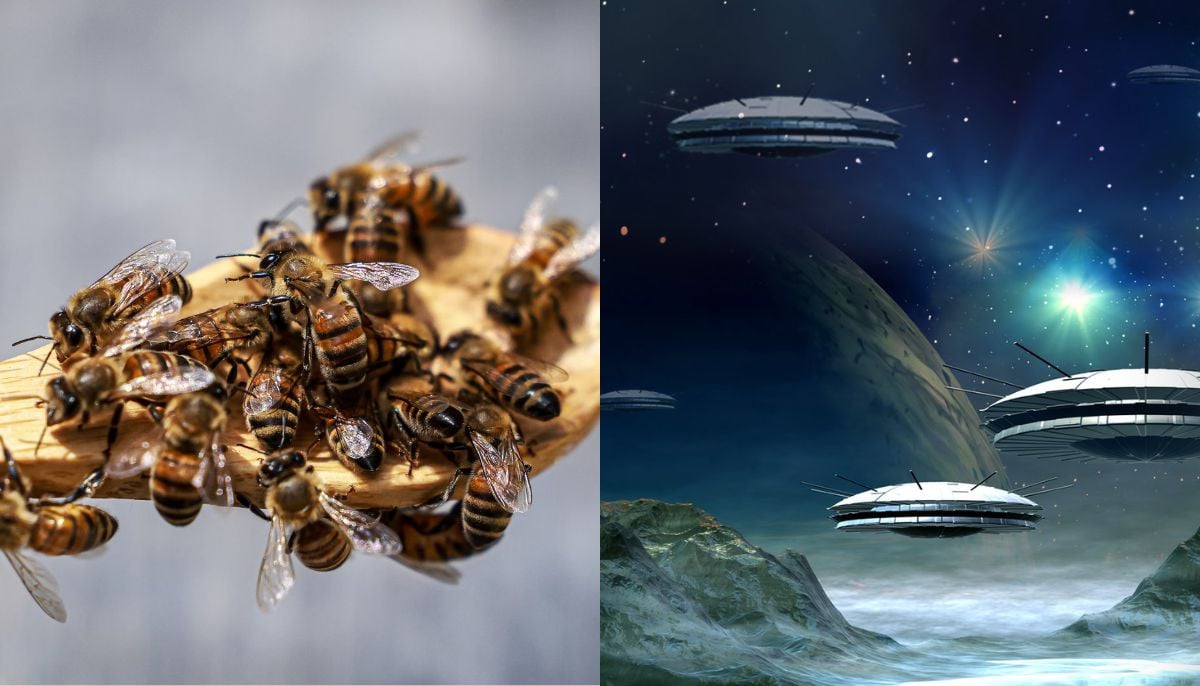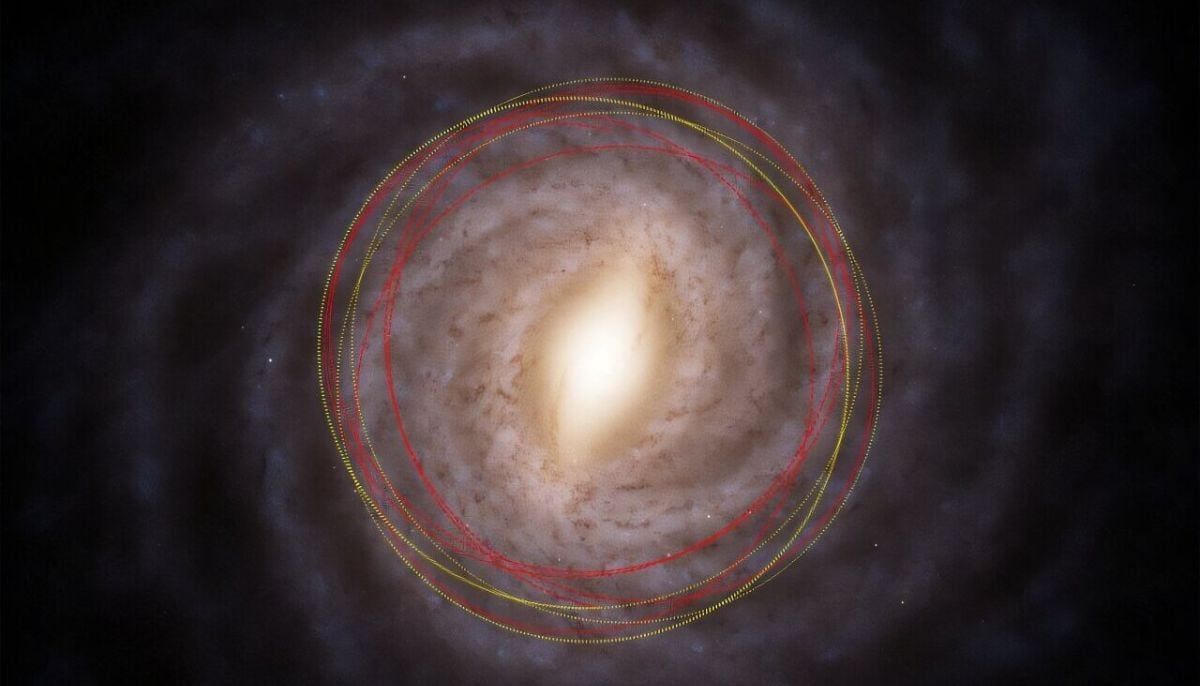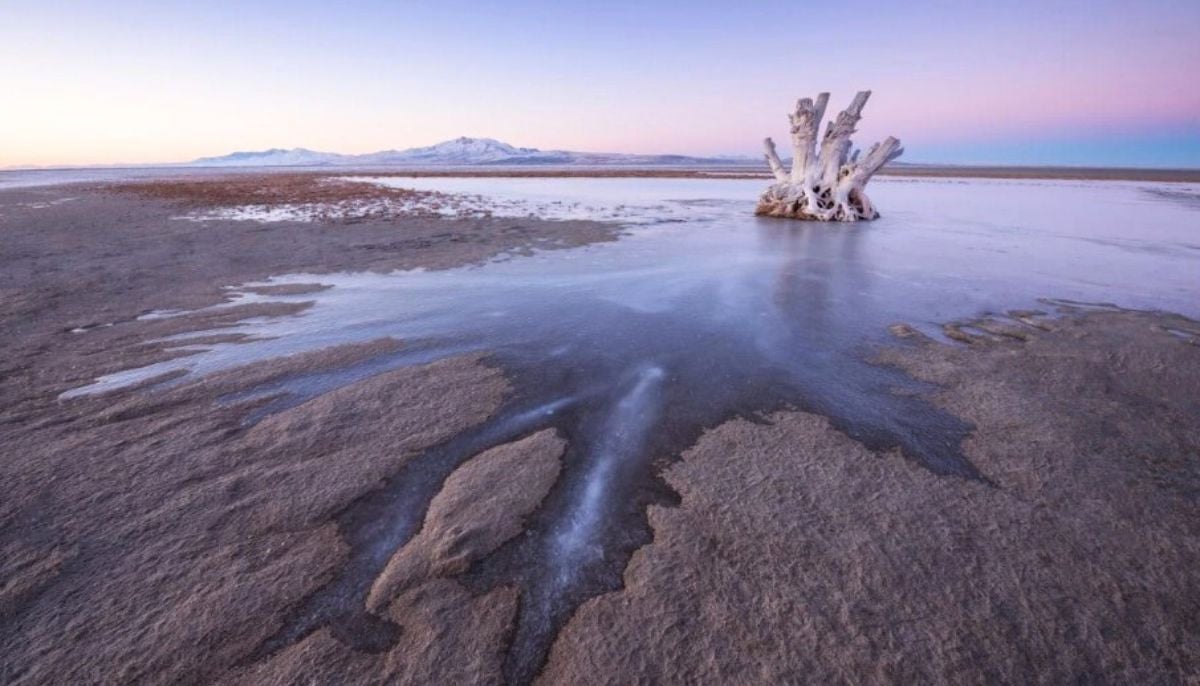VIDEO: Researchers recorded sounds of Martian dust devil but how?
This study is the first in a growing body of work that uses auditory data for planetary exploration
The Perseverance rover on Mars was whisked by a dust devil on September 27, 2021. The first device of its kind to record noises on Mars, the rover not only captured the dust devil on its cameras and weather sensors but also picked up the flimsy, spooky sounds on its microphone.
“We were convinced that the microphone was going to give us a whole load of new observations of atmospheric features on Mars that we hadn’t been able to see before,” Naomi Murdoch of the University of Toulouse, lead author of a Nature Communications paper about the research, told The Verge. “And we haven’t been disappointed!”
We now have a greater understanding than ever before of the environment on the Red Planet because of the decades-long exploration of Mars by rovers equipped with cameras, spectrographs, and weather sensors.
Sounds are currently being included in the list. Researchers are learning more about these dusty phenomena and the potential effects they may have on upcoming robotic and crewed missions, thanks to the combination of data.
The atmospheric conditions that are typical of Mars give rise to dust devils. Murdoch explained that there must be a significant temperature difference between the ground and the air.
“So the ground gets really warm, and this heats up the air, which then makes the air start to rise. And as the air starts to rise, things start to rotate, and that’s when you get this whirlwind-like motion.”
Although this process also occurs on Earth, what makes Martian dust devils unique is their size. The Perseverance spacecraft recently discovered a dust devil that was 25 metres broad and 118 metres tall (82 feet by 387 feet), which puts it squarely in the normal range for Martian dust storms. However, they are also capable of expanding significantly due to the possibility of massive global dust storms on Mars.
One of the major issues we currently face is our inability to accurately predict dust storms, according to Murdoch. And it has consequences for everything, from attempting to safely land spacecraft on Mars to attempting to keep dust off crucial solar panels in order to maintain robotic missions.
There are several unanswered questions regarding how exactly dust is lifted off the surface by forces like wind shear and dust devils. One particularly strange discovery is that, while dust devils are frequent in the Jezero Crater, where Perseverance is situated, they are remarkably uncommon in the Elysium Planitia region, and it is unclear why.
The windows for microphone recordings on Perseverance are only a few minutes apiece due to the several scientific instruments that require operating time. The microphone team planned those windows for times in the afternoon, when dust devils are most active, to increase their chances of spotting one during these brief times. Since each window was only a few minutes long and there were only eight per month, it took careful planning and a good deal of luck to catch this most recent dust devil.
The microphone recorded information on the wind conditions as well as the sound of minor hits, such as a single dust grain pinging against the area near the microphone. No other equipment has been able to detect how thick these particles were inside the dust devil. This information might be used to predict how dust devils pull particles off the surface.
This study is only the first in a growing body of work that uses auditory data for planetary exploration.
-
ISS crew of four completes medical evacuation with safe splashdown off California
-
Annular solar eclipse 2026: Here's everything to know about the ‘ring of fire’
-
World’s first ice archive created to preserve fast-melting glaciers’ secrets
-
NASA, DOE to develop Nuclear Reactor on the Moon by 2030
-
Aurora alert: Northern lights visible tonight at high latitudes
-
Honeybees could help humans communicate with aliens, scientists say
-
Comet 3I/ATLAS: Evidence suggests that interstellar visitor is older than the sun
-
Scientists discovered never-before-seen creature in Great Salt Lake
